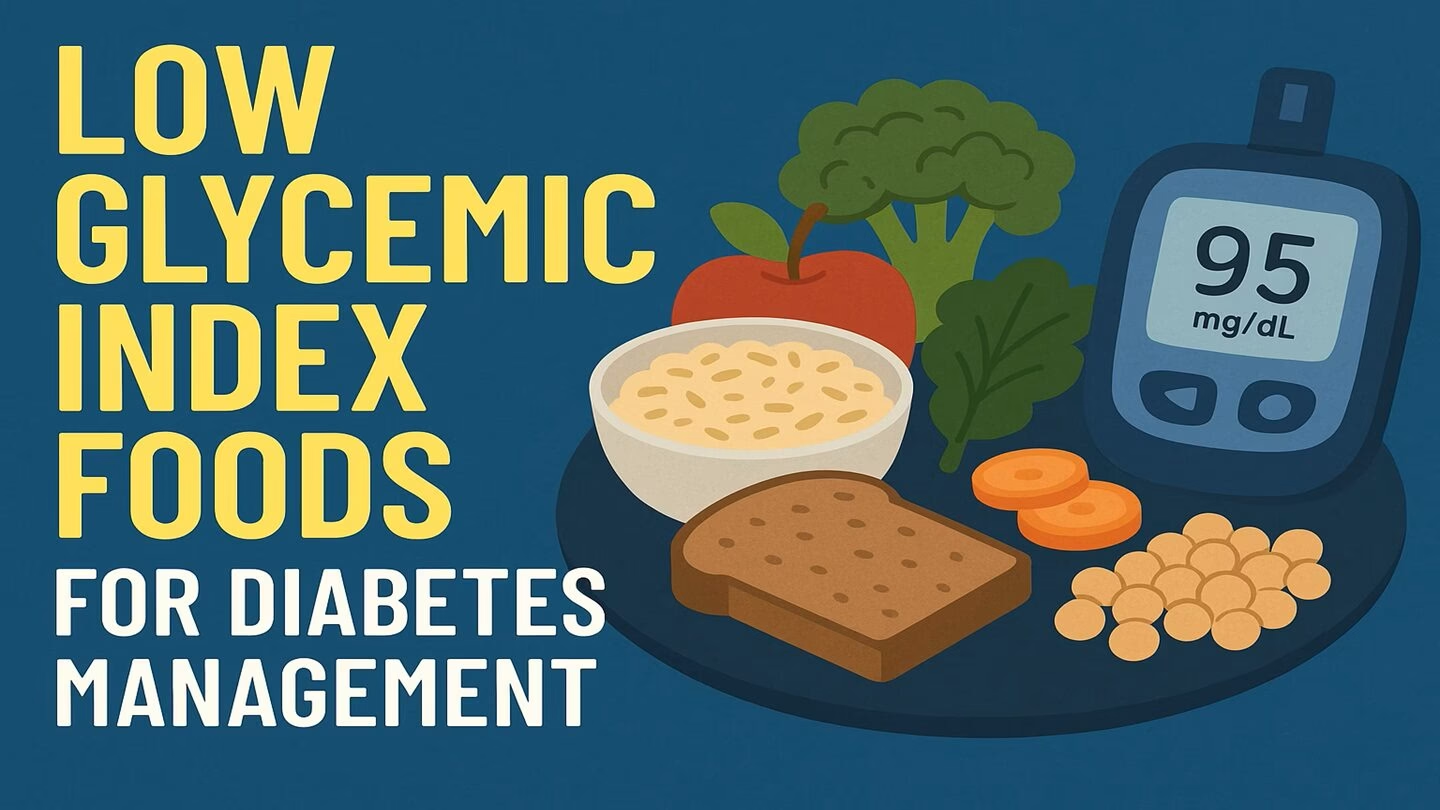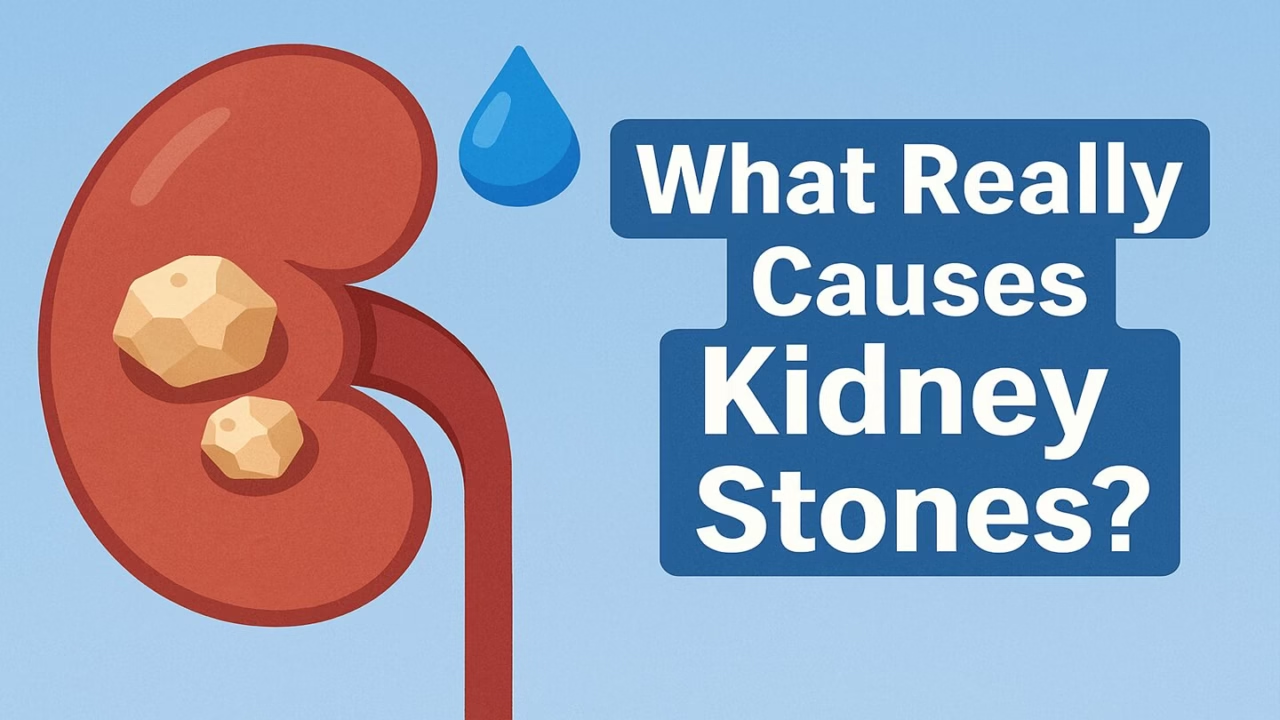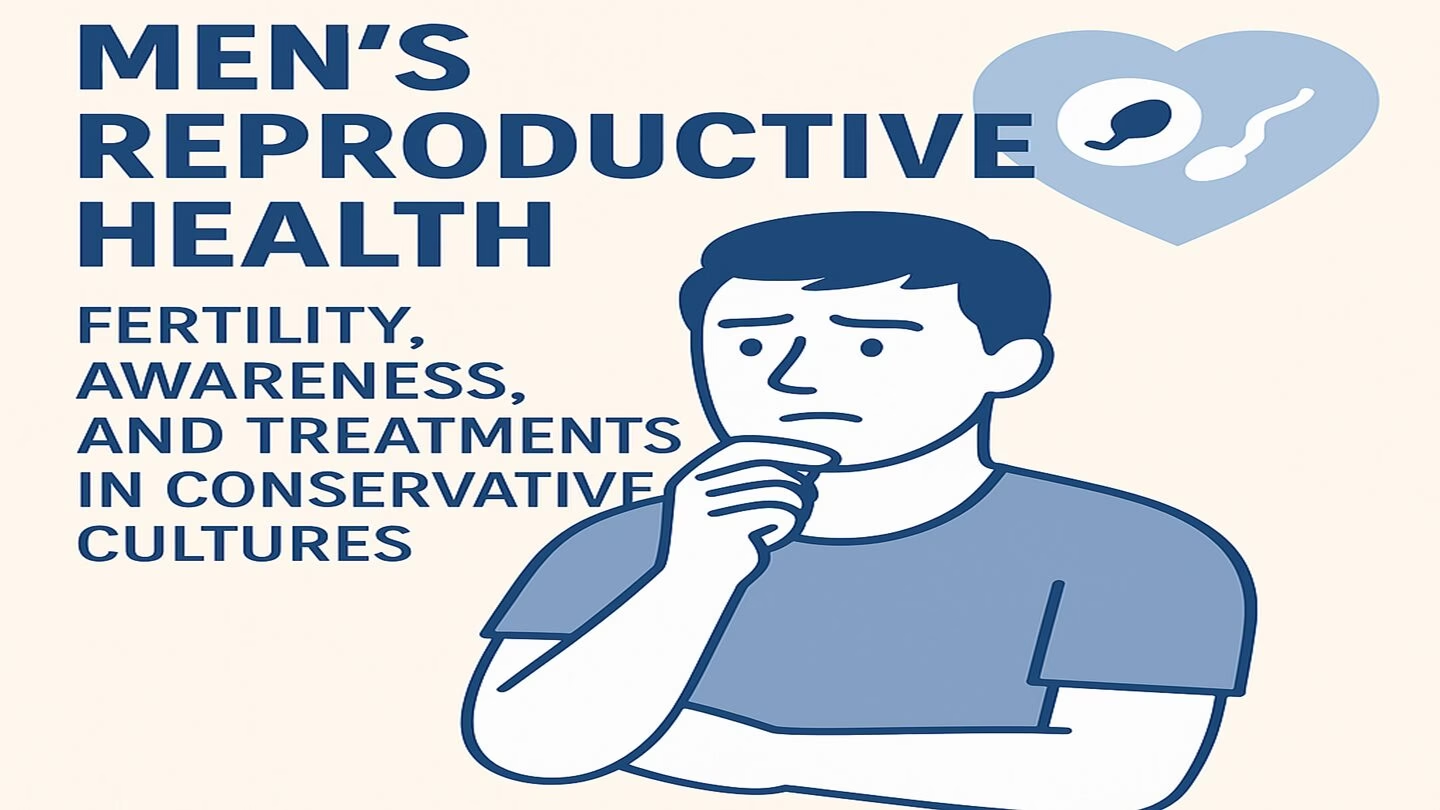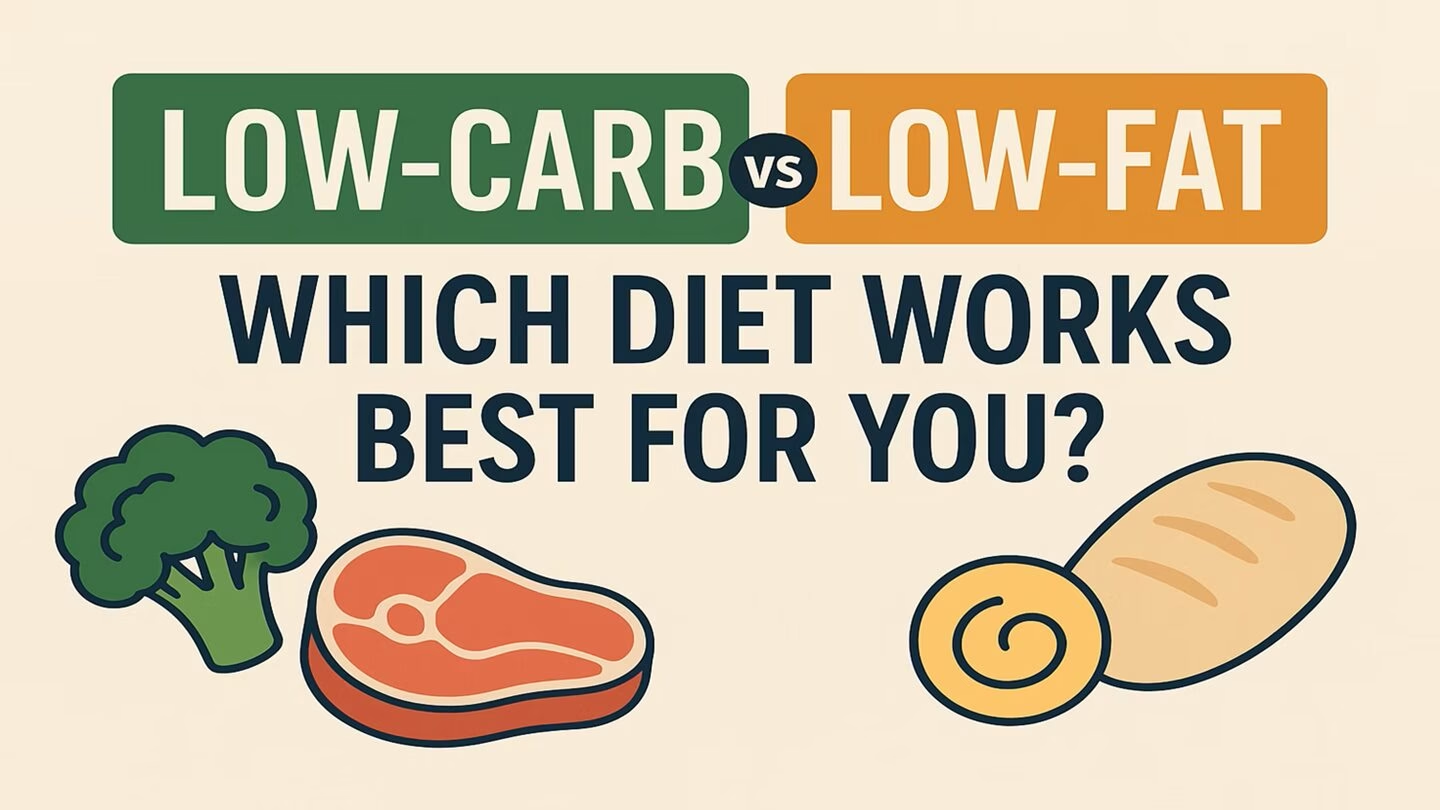How Choosing the Right Carbs Can Help Control Blood Sugar Naturally
Introduction
Managing diabetes, especially type 2 diabetes, goes far beyond avoiding sugar. One of the most effective strategies involves understanding and using the Glycemic Index (GI) — a system that ranks carbohydrates based on how quickly they raise blood sugar levels. By choosing low GI foods, people with diabetes can better control their blood glucose levels, reduce insulin spikes, and improve long-term health outcomes.
This article explores what the glycemic index is, why low GI foods matter for diabetes management, and offers a list of low GI foods and practical tips for incorporating them into your diet.
What is the Glycemic Index (GI)?
The Glycemic Index is a scale from 0 to 100 that measures how fast carbohydrate-containing foods raise blood glucose levels after eating.
- Low GI (1–55): Digested and absorbed slowly → gradual rise in blood sugar.
- Medium GI (56–69): Moderate impact on blood sugar.
- High GI (70–100): Quickly absorbed → sharp spike in blood glucose.
Foods with a low GI are ideal for people with diabetes because they lead to slower and more stable increases in blood sugar.
Why Low GI Foods Help in Diabetes
- Better Blood Sugar Control:
Low GI foods release glucose slowly, reducing blood sugar fluctuations. - Reduced Insulin Resistance:
Stable blood sugar helps your body respond better to insulin. - Weight Management:
Low GI foods increase satiety and help reduce overeating. - Lower Risk of Heart Disease:
They can reduce cholesterol levels and support heart health, which is crucial for diabetics.
Top Low Glycemic Index Foods for Diabetes
Whole Grains
- Barley (GI: 28)
- Oats (GI: 55 or less when minimally processed)
- Quinoa (GI: ~53)
- Whole wheat pasta (GI: 32–50)
- Brown rice (GI: 50–55)
Legumes
- Lentils (GI: 32)
- Chickpeas (GI: 28)
- Kidney beans (GI: 24–29)
- Black beans (GI: ~30)
Fruits (in moderation)
- Apples (GI: 36)
- Pears (GI: 38)
- Cherries (GI: 20)
- Plums (GI: 40)
- Grapefruit (GI: 25)
✅ Tip: Choose fresh or whole fruits instead of juices.
Vegetables
- Leafy greens (spinach, kale, lettuce) – negligible GI
- Carrots (GI: ~35 when raw)
- Broccoli – low GI
- Cauliflower – low GI
- Zucchini – low GI
Dairy and Alternatives
- Milk (low-fat, GI: 31)
- Greek yogurt (plain, unsweetened) – GI around 11–20
- Soy milk (unsweetened) – GI ~34
Nuts and Seeds
- Almonds, walnuts, cashews – Low GI
- Chia seeds, flaxseeds – Very low GI, high in fiber
Other Healthy Options
- Sweet potatoes (GI: 44)
- Bulgur wheat (GI: 48)
- Hummus (GI: 6)
- Dark chocolate (85%+ cocoa) – Low GI if unsweetened
Meal Planning Tips with Low GI Foods
- Combine Smartly:
Mix low GI foods with lean protein and healthy fats to slow digestion even more. - Limit Processed Carbs:
Avoid white bread, sugary cereals, and instant rice — all high GI. - Check Cooking Methods:
Overcooking pasta or vegetables can raise their GI. Keep them “al dente” or slightly firm. - Eat Smaller Portions of High GI Foods:
If you occasionally eat a high GI item, pair it with fiber or protein to reduce the impact. - Read Food Labels:
Look for whole grains, fiber, and natural ingredients with minimal sugar.
Sample Low GI Meal Plan
Breakfast:
Oatmeal with chia seeds, almond milk, and a few slices of apple.
Lunch:
Grilled chicken with quinoa, roasted vegetables (broccoli, carrots), and a green salad.
Snack:
Greek yogurt with a few walnuts.
Dinner:
Lentil soup, whole grain bread, and steamed zucchini.
Dessert (occasional):
A square of dark chocolate and fresh berries.
Conclusion
Choosing low glycemic index foods is a practical and effective way to manage diabetes naturally. They help keep blood sugar levels steady, reduce the need for medication, and support overall well-being. With careful meal planning and smart food choices, living well with diabetes is not only possible — it’s sustainable.
ABOUT THE AUTHOR
Dr. Abid Akram is a dedicated medical practitioner known for his patient-centered approach and strong clinical expertise. With an MBBS degree and years of hands-on experience, he has developed a keen interest in preventive healthcare and internal medicine. Dr. Abid firmly believes that health is not just about treating illness but about empowering individuals to make lifestyle choices that prevent disease and promote long-term well-being. His approachable personality and ability to explain complex medical concepts in simple terms make him a trusted doctor among his patients. Outside of his clinical practice, Dr. Abid contributes to community health awareness programs, aiming to bridge the gap between medical knowledge and everyday life.


















Add comment